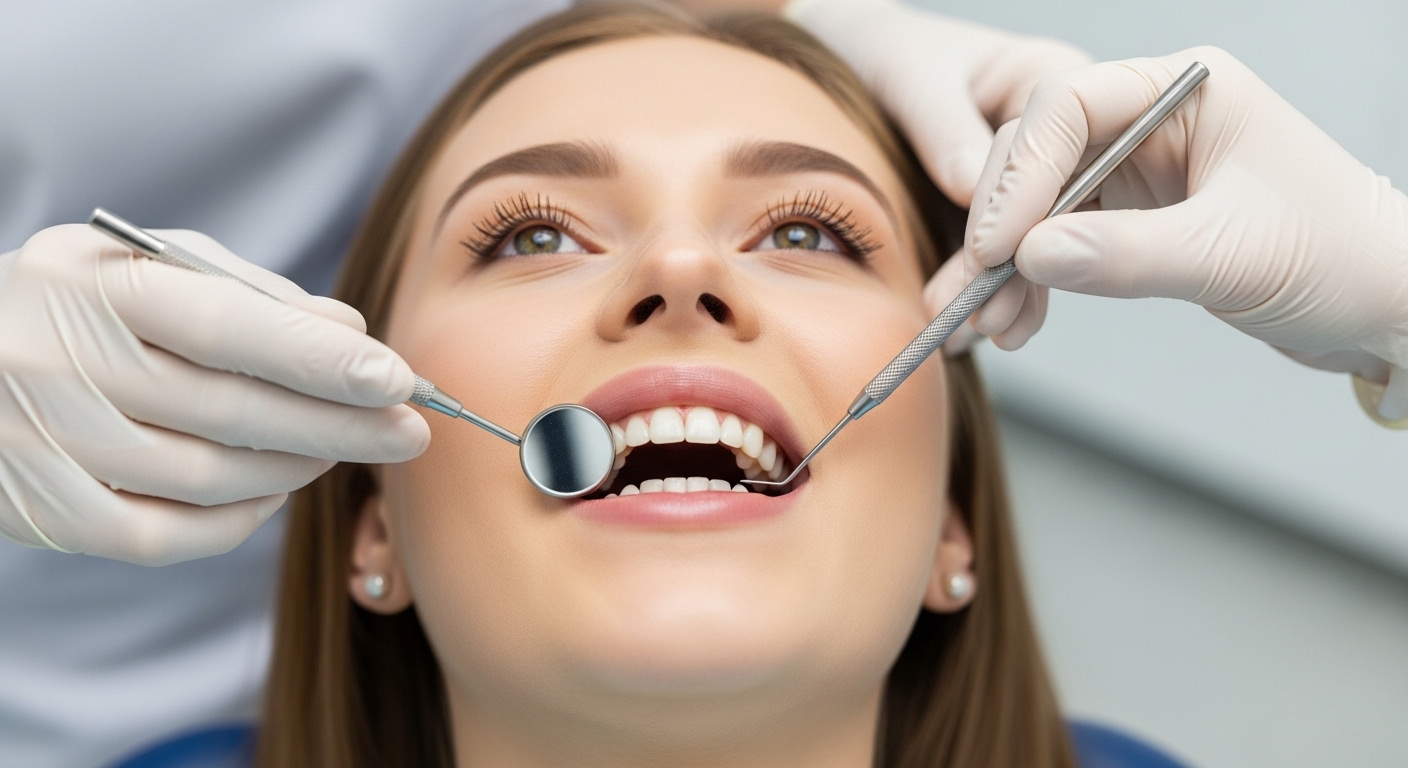Comprehensive Dental Services
BB Global Health partners with leading dental specialists to provide comprehensive dental treatments and aesthetic solutions. Our dental services combine cutting-edge technology with expert care to deliver exceptional results for patients seeking dental treatments in Turkey.
Our Dental Treatment Services
- Dental Implants - Permanent, natural-looking tooth replacement solutions
- Smile Makeover - Comprehensive aesthetic improvement of your smile
- Veneers & Crowns - High-quality porcelain and zirconia restorations
- Teeth Whitening - Professional whitening procedures for a brighter smile
- Periodontal Treatments - Advanced care for gum health and aesthetics
- Full Mouth Rehabilitation - Complete restoration of dental function and aesthetics
Why Choose Our Dental Services?
- Experienced Specialists: Treatment by leading dental experts with international training
- State-of-the-art Technology: Advanced digital dentistry equipment and materials
- Comprehensive Care: From diagnosis to aftercare, we provide complete support
- Personalized Treatment Plans: Customized solutions for your specific dental needs
- Cost-Effective Solutions: Premium dental care at competitive prices
Our Approach
Our dental treatments follow a systematic approach that ensures optimal outcomes:
- Comprehensive Assessment: Digital scans, X-rays, and thorough examination
- Personalized Treatment Planning: Custom solutions based on your needs and goals
- Precision Treatment: Computer-guided procedures for maximum accuracy
- Quality Materials: Only premium dental materials and components
- Thorough Aftercare: Complete support during the recovery and adaptation period
Whether you’re seeking aesthetic improvements or functional restoration, our dental specialists are committed to providing exceptional care in a comfortable, state-of-the-art environment.
Contact us for a consultation regarding your dental treatment needs or to schedule a comprehensive dental assessment.
